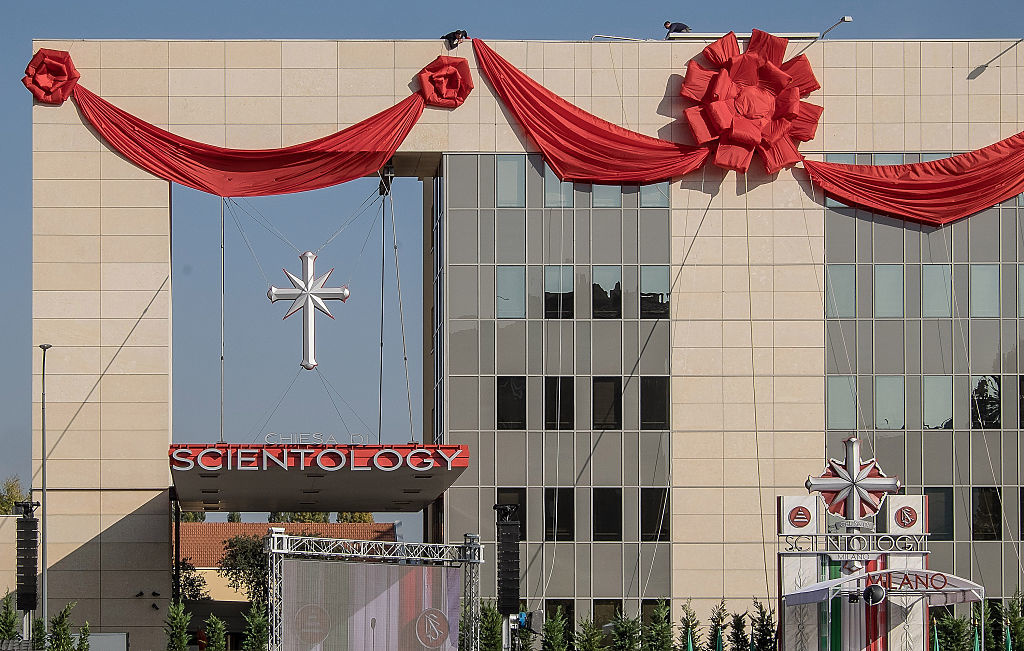lesbian
High-level official LeClair suppressed her sexuality for decades. Now that she’s out, she’s speaking up.
Bennett Singer explains why coming out matters—for the LGBTQ community and the straight community alike, and especially for those who are not in a safe position to do so.
▸
4 min
—
with
If you want to know the state of equality in the US, statistics are a good place to start.
▸
5 min
—
with


